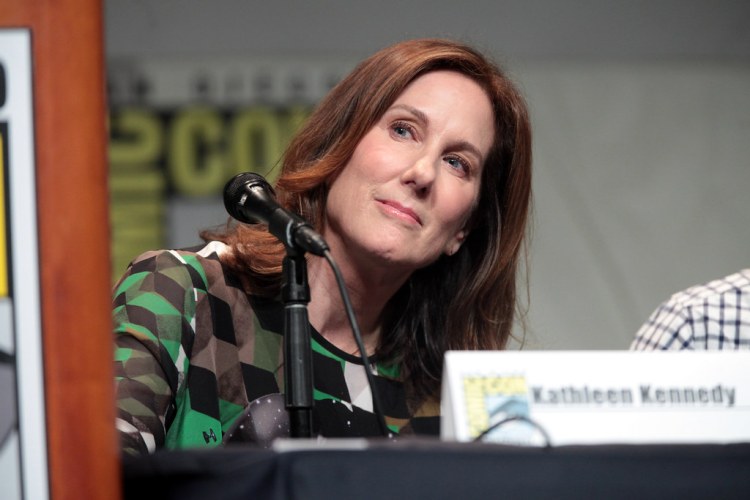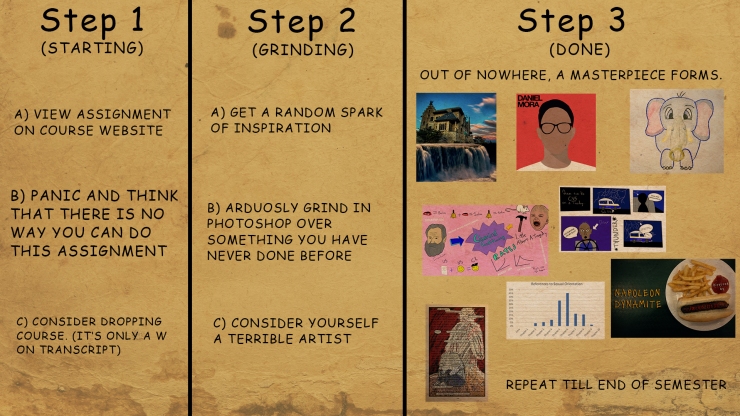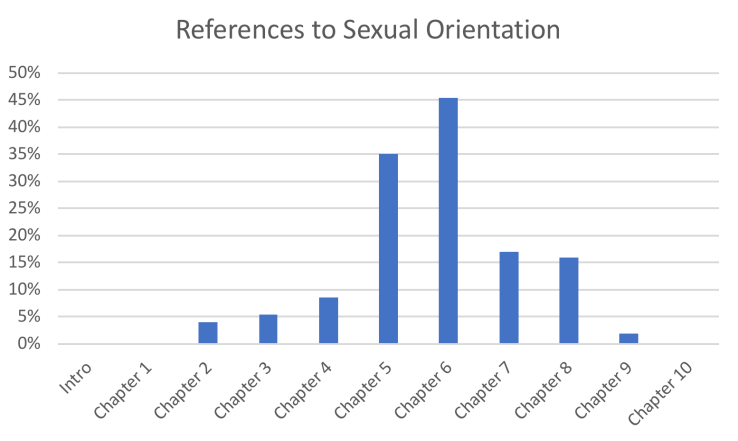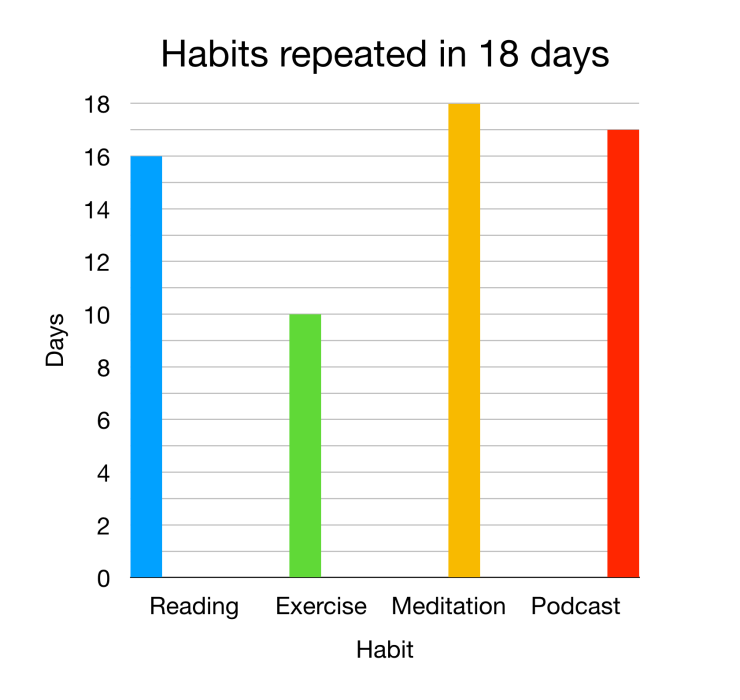Palestine by Joe Sacco and Pyongyang by Guy Delisle are both journalistic graphic novels whose diegesis revolves around the portrayal of a foreign culture. In Sacco’s case, we get a brutal and uncensored retelling of the ongoing conflicts between Israelis and Palestinians. From Delisle, we get the humorous yet harrowing narrative of an animator’s trip to North Korea that explores the “hermit country” in a depth that is rarely seen in any form of media. Both Sacco and Delisle considered how their art style, tone, and moments selected would affect their story as well as their portrayal of foreign cultures and ended up creating works that land at extremely opposite ends of the graphic novel genre, yet serve a similar purpose through their use of vignettes.
The most obvious aspect of the journalistic approach to graphic novel is the main feature of the genre: the art itself. And in their attempts to convey a different culture, Delisle and Sacco chose art styles that couldn’t be more different from one another. In Palestine, Sacco chooses to use a highly complex and detailed black and white lined style. At times, the art style itself can seem aggressive and over the top with so much happening on the page. Delisle, on the other hand, chooses a more simplistic art style that boils down to very basic shapes. He even describes himself as lazy in one panel where he refuses to draw cars because he feels like it would be too much work.

This is in contrast to Sacco, who depicts every inch of war torn Palestine in painstaking detail. At times, the art itself seems to be assaulting the reader because it spills off the page and fills every inch of it. There is also a lot more text when compared to Pyongyang. Perhaps the most illustrative moment of this is an entire section that becomes a like a normal book with minimal pictures. Sacco goes into excruciating detail in this section, which is very much unlike any moment in Pyongyang. 
Pyongyang and Palestine also have extremely different tones overall. Pyongyang is a humorous but surprisingly realistic commentary on the state of the most secretive country on Earth, North Korea. Delisle often makes jokes at the expense of his North Korean counterparts and complains about how inept the North Korean animators are at understanding basic direction. In Palestine, Sacco restrains his judgement when telling the stories of the people, but will often comment from time to time.
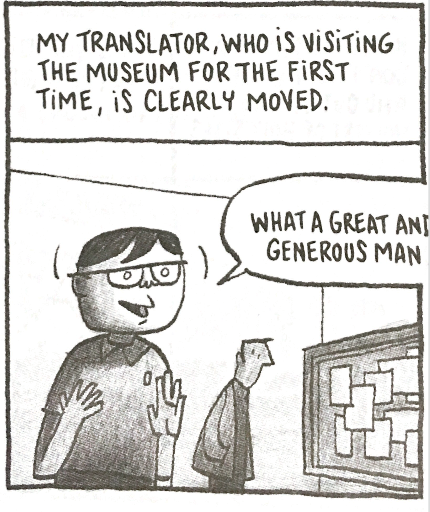
Palestine however features a more menacing and brooding tone in contrast to Pyongyang. In Palestine, it is expected that every man has been in an Israeli jail and if he hasn’t, then it is a matter of time till that happens, the conditions of which are horrible. In contrast, Pyongyang often uses the fact that people are taken to labor camps or disappear in North Korea as a running gag.
But perhaps the most important similarity between the two texts is their choice of vignettes in order to explore the cultures and issues of foreign nations. Pyongyang’s choice of vignettes are used to show the absurdities and humor in the ways of North Korea. One of the most obvious vignettes is the trip to the museum. By showing the relationship that the supreme leader has with the rest of the world and how everyone holds him as a God. This is clearly a misconstrued idea perpetrated by the North Korean government, but North Koreans who visit the museum who have been brainwashed their entire life will fall for this. In fact, Delisle finds the museum so funny that when he enters the room with the statue of Kim Il-Sung, he has to restrain himself from laughing out loud because of the absurdity of bowing to a statue.
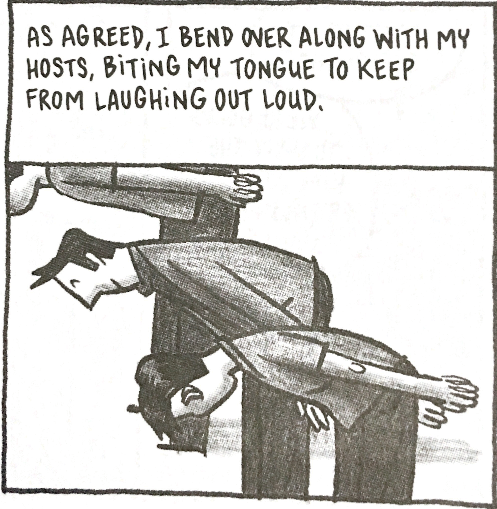
In Palestine, the purpose of the vignettes is a journalistic approach to the conflict between Palestinians and Israelis. The vignettes showcase the stories of Palestinians in their interactions with Israelis. The most harrowing stories are the ones that come out of Israeli jails. The scariest part about this is that every man has to go through this in Palestine, a rite of passage into manhood of sorts. The Israeli jails are run by a few bad apples that torture their prisoners and the stories that are given to Sacco describe the harsh reality of them.

Although different in purposes, the vignettes in both Pyongyang and Palestine serve the higher purpose of building the characters and the world of both stories. In Pyongyang, the purpose of the vignettes is to explore the secretive country of North Korea and to build the attitude and tone that a foreigner has to the country. In Palestine, the purpose of the vignettes is to explore the conflict between Palestinians and Israelis at the civilian level, but also to show a foreigners perspective on the conflict.



